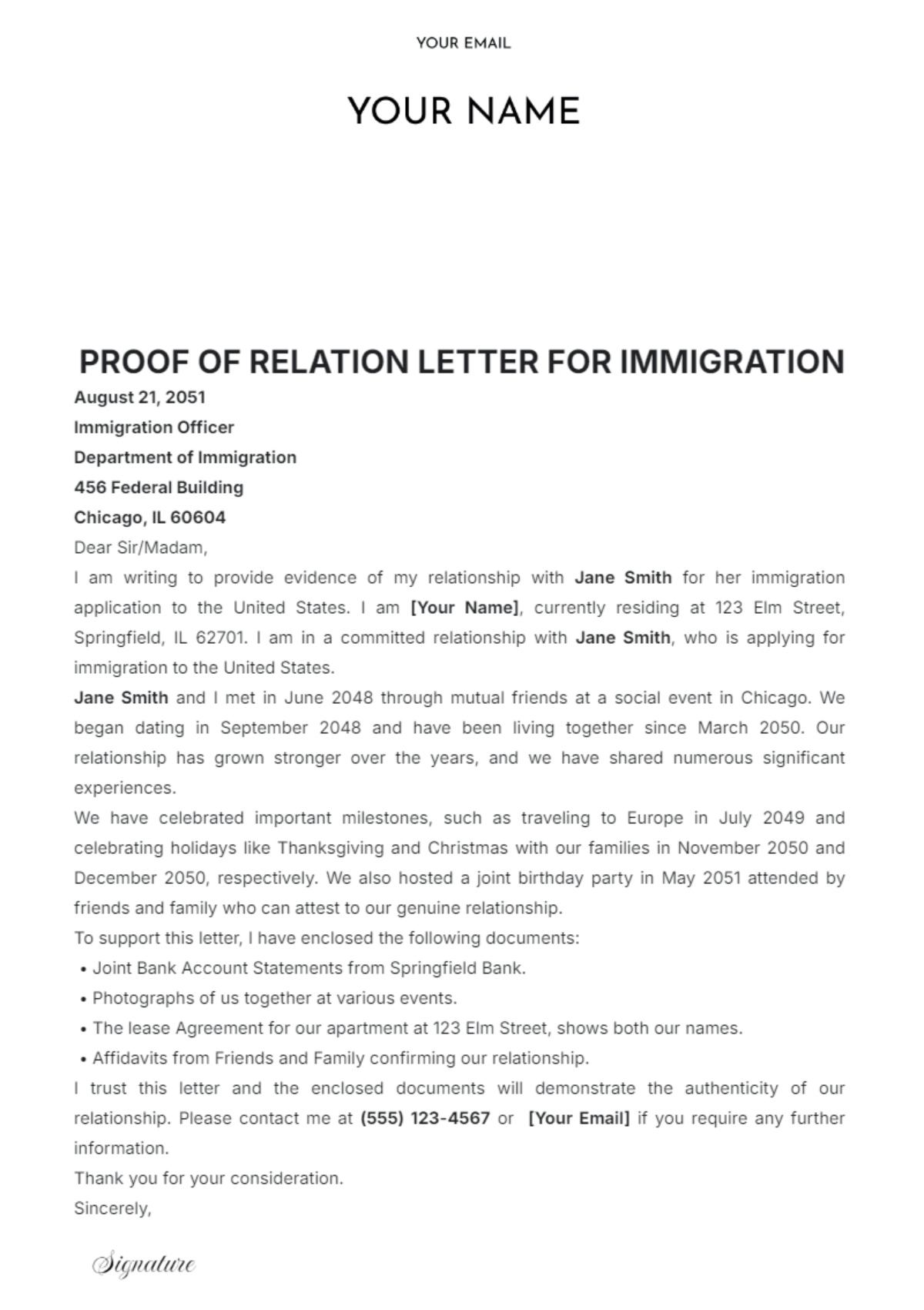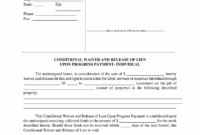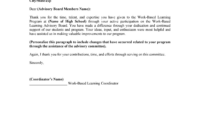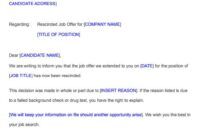Navigating the complexities of immigration or legal processes often requires more than just official documents; sometimes, you need to paint a vivid picture of your personal connections. Whether you are applying for a spouse visa, a family reunification program, or seeking benefits as a common-law partner, a well-crafted letter can significantly strengthen your case. This isn’t just about ticking a box; it’s about sharing your unique story and demonstrating the authenticity of your bond to a reviewing officer who has never met you.
The thought of writing such a crucial document can feel daunting. What details should you include? How should it be structured? What tone is appropriate? Fortunately, you don’t have to start from scratch. Understanding the key elements and having a reliable proof of relationship letter template can transform this challenging task into a manageable one, ensuring all necessary information is conveyed clearly and convincingly.
Understanding the Purpose and Importance of Your Relationship Letter
A proof of relationship letter serves as a crucial piece of evidence, especially in immigration contexts. It provides a personal, qualitative dimension to an application that financial statements, birth certificates, and utility bills simply cannot. This letter aims to convince an adjudicator that your relationship is genuine, ongoing, and not entered into solely for immigration purposes. It fills in the gaps, explaining the history, evolution, and depth of your connection, offering insights into your daily life together and your shared future.
The necessity for such a letter arises in various scenarios. For instance, couples applying for spousal visas often need to provide compelling evidence of their genuine relationship beyond just a marriage certificate. Common-law partners, who may not have a formal marriage document, rely heavily on these letters to establish their shared life and commitment. Even for family-based visas, where the relationship might be parent-child or siblings, a detailed letter can provide context and support, particularly if there are complexities in the family history.
Beyond immigration, these letters can be required for other legal or administrative purposes, such as proving a common-law partnership for insurance or pension benefits, or even for certain educational grants. In essence, whenever an institution needs to verify the authenticity and duration of a personal bond, a well-written letter can be an invaluable asset. It’s an opportunity to present your relationship as a living, breathing entity, backed by personal anecdotes and shared experiences that solidify its truth.

Crucially, the letter must be honest, consistent, and reflect the real nature of your relationship. Any inconsistencies with other submitted documents or with information provided during an interview could raise red flags. Therefore, approaching the writing of this letter with sincerity and careful attention to detail is paramount, ensuring it complements and strengthens all other evidence presented.
Who Can Provide a Proof of Relationship Letter?
- The couple themselves: Often, each partner will write a letter from their perspective, detailing how they met, their shared experiences, and future plans.
- Family members: Parents, siblings, or other close relatives can write letters attesting to the couple’s relationship, describing how long they’ve known the couple, and their observations of the relationship’s authenticity.
- Friends or colleagues: Close friends or co-workers who have regularly interacted with the couple or individual can also offer valuable insights into the relationship’s dynamics and longevity.
- Community leaders or religious figures: Individuals who know the couple through a community organization or religious institution can provide a credible third-party perspective on their bond.
Essential Components of an Effective Proof of Relationship Letter Template
When it comes to drafting a letter that will make a positive impact, structure and content are key. A good proof of relationship letter template isn’t just about filling in blanks; it guides you in telling your story in a coherent, persuasive, and officially acceptable manner. Your letter should flow logically, starting with the basic information and progressing to the more personal and detailed aspects of your relationship. Remember, the goal is to make it easy for the reader to understand the depth and authenticity of your connection.
Begin with the formal details. This includes the date, your full name and contact information, and the full name and address of the recipient, typically the immigration or consular officer. A professional salutation is always appropriate. The opening paragraph should clearly state the purpose of the letter, identifying yourself and the individual whose relationship you are attesting to, or the relationship you are detailing if writing about your own. This sets the stage and immediately informs the reader of the letter’s intent.
The body of the letter is where you truly tell your story. This section should include a detailed narrative of your relationship’s history, from how and when you first met, to key milestones such as first dates, moving in together, engagements, and marriage, if applicable. Include specific anecdotes that highlight shared experiences, challenges you’ve overcome together, and mutual interests. Mentioning daily life aspects – like cooking together, holidays, supporting each other through difficult times, or even mundane routines – can paint a realistic picture of your intertwined lives. The more specific and personal you are, the more credible your narrative becomes.
Finally, dedicate a section to supporting evidence and your future together. While the letter itself is qualitative, it should also refer to any quantitative evidence you are submitting alongside it, such as joint bank accounts, shared property leases, utility bills, photos, or communication records. Conclude by reiterating the genuine nature of your relationship and, if applicable, your hopes for the future together, such as starting a family or building a life in a new country. A polite closing and your signature, along with your printed name, will complete the document, making sure it aligns with a robust proof of relationship letter template.
Consider these crucial elements for your letter:
- Your Full Name and Contact Information
- Date of Writing the Letter
- Recipient’s Name and Address (e.g., “To Whom It May Concern” or specific officer name)
- Formal Salutation (e.g., “Dear Sir/Madam” or “Dear Immigration Officer”)
- A Clear Statement of Purpose and Identification of the Individuals Involved
- A Detailed Chronological Narrative of the Relationship
- Specific Anecdotes and Shared Experiences
- Mention of Supporting Documents Being Submitted
- A Statement Affirming the Genuine Nature of the Relationship
- Your Closing Remarks and Signature
Crafting a compelling relationship letter is a powerful way to add a personal touch to official applications. It allows you to transform a collection of documents into a vivid narrative that speaks to the heart of your connection, making it easier for decision-makers to understand and appreciate the authenticity of your bond. Taking the time to write a thoughtful and detailed letter can significantly bolster your case.
By following a structured approach and focusing on sincerity, you can present a convincing portrayal of your relationship. Remember that every detail contributes to the overall picture you are creating, ensuring that your unique story is heard and understood in the most impactful way possible.



